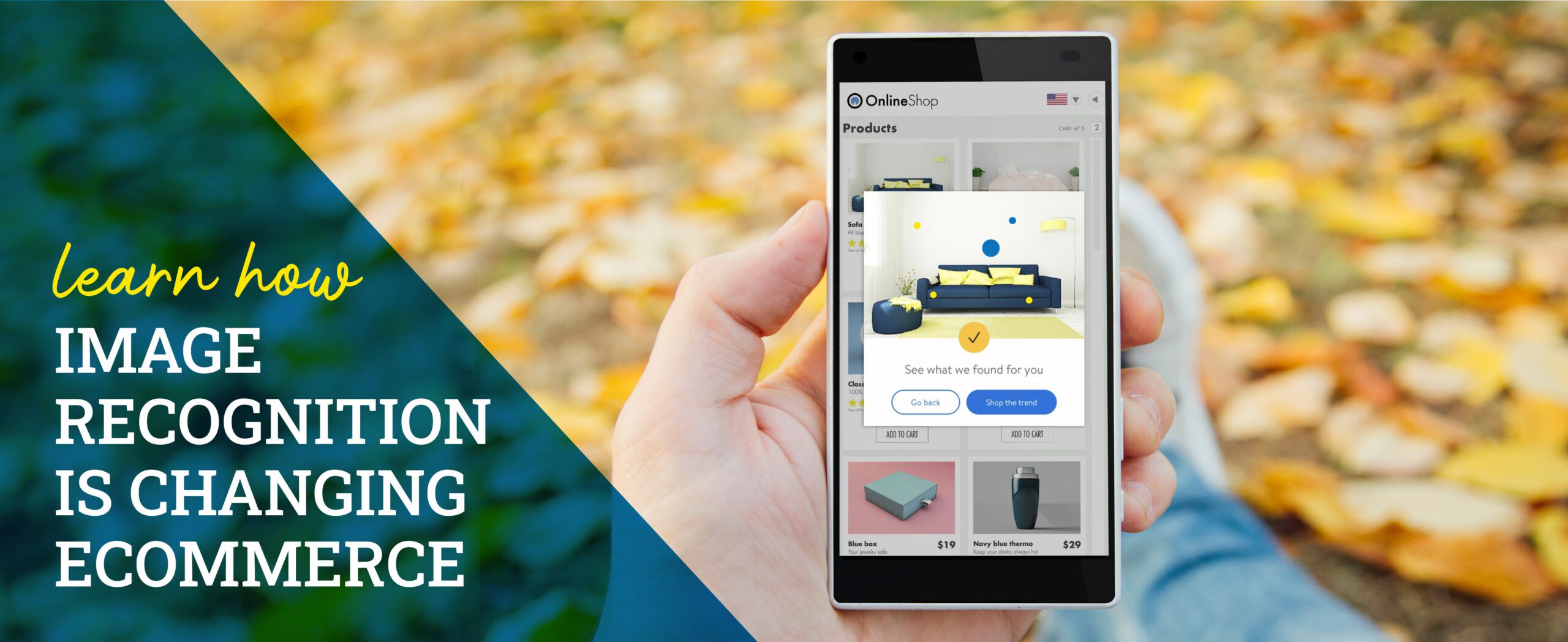Last year, Walmart released a new AI-powered visual search technology designed to make your holiday shopping experience just a little easier.
The technology, offered through the website TrendGetter, allows shoppers to upload a picture from social media, a video, another store, or even from their own camera roll, straight to the search site. And with the click of a button, TrendGetter can find that item, or one similar, available on Walmart.com—and often, for a lower price.
The idea behind this application of image recognition technology is that customers are more likely to make a purchase if it’s easier to find exactly what they’re looking for. Instead of scrolling through dozens of product listings in search of one particular item, TrendGetter allows shoppers to upload one image and click straight through to Walmart’s version of the product—no scrolling, screening, or overthinking required.
Walmart isn’t the only major retailer with their sights set on visual technology.
In 2018, Forever 21 launched their own version of visual search—and saw their average purchase value increase by 20%! And Etsy, Pinterest, and Google now feature visual search tools to help shoppers find exactly what they’re looking for.
Considering 40% of people now search using non-search-engine platforms, like Instagram and TikTok, it’s no wonder more major companies are offering visual search features. Visual search offers a more personalized and effective browsing experience, and it’s mobile-friendly. Just snap, upload, and search!
How could image recognition technology shift ecommerce? We see 3 major impacts.
Image recognition technology, also called computer vision, uses artificial intelligence to analyze and understand visual data. That means it isn’t limited to tasks like visual searches. Advanced image recognition tools can interpret the content in images, monitor social media for emerging trends, moderate online content, and even watch out for knockoffs. And that’s what makes this new tech especially valuable for retailers looking for a sharp competitive edge.
While this technology is still gaining steam, it has the potential to impact ecommerce in these three big ways:
- Helping your business fight knockoffs and copycats. Image recognition tools that scour the web for similar products are already being used to help businesses detect counterfeit products. By leveraging this kind of tool, you can proactively identify and take action against competitors who are repackaging your product (or your brand!).
- Improving the accuracy of your customers’ shopping experience. On the customer side, visual search helps shoppers find what they’re looking for more quickly. Instead of guessing an item’s brand and style, they can simply snap a picture and access the product almost instantly.
- Offering more personalized recommendations. By analyzing your customers’ images, image recognition technology can offer highly accurate product recommendations that complement the styles and preferences of the customer—potentially increasing the average purchase value of each shopper.
You don’t have to go all in on AI to start leveraging visual technology—and enjoying the rewards of a more personalized shopping experience.
New image recognition and visual AI tools are hitting the market every month. Many of these products can be easily integrated into your current website, or used as research tools for gathering advanced insights. For example, both Amazon and Google have object recognition products that can be plugged into an existing website to boost your site’s internal search engine power. And tools like Google Image Search can jumpstart your hunt for product knockoffs and counterfeits.
Curious how image recognition technology can boost your business? We can help!
At MediaSpark, our creative marketing and advertising solutions do more than get the word out. We bring new customers in—with fully integrated strategies that make every marketing dollar work overtime. Chat with our team to learn more about visual search—and how the right image recognition tools can better your bottom line.





